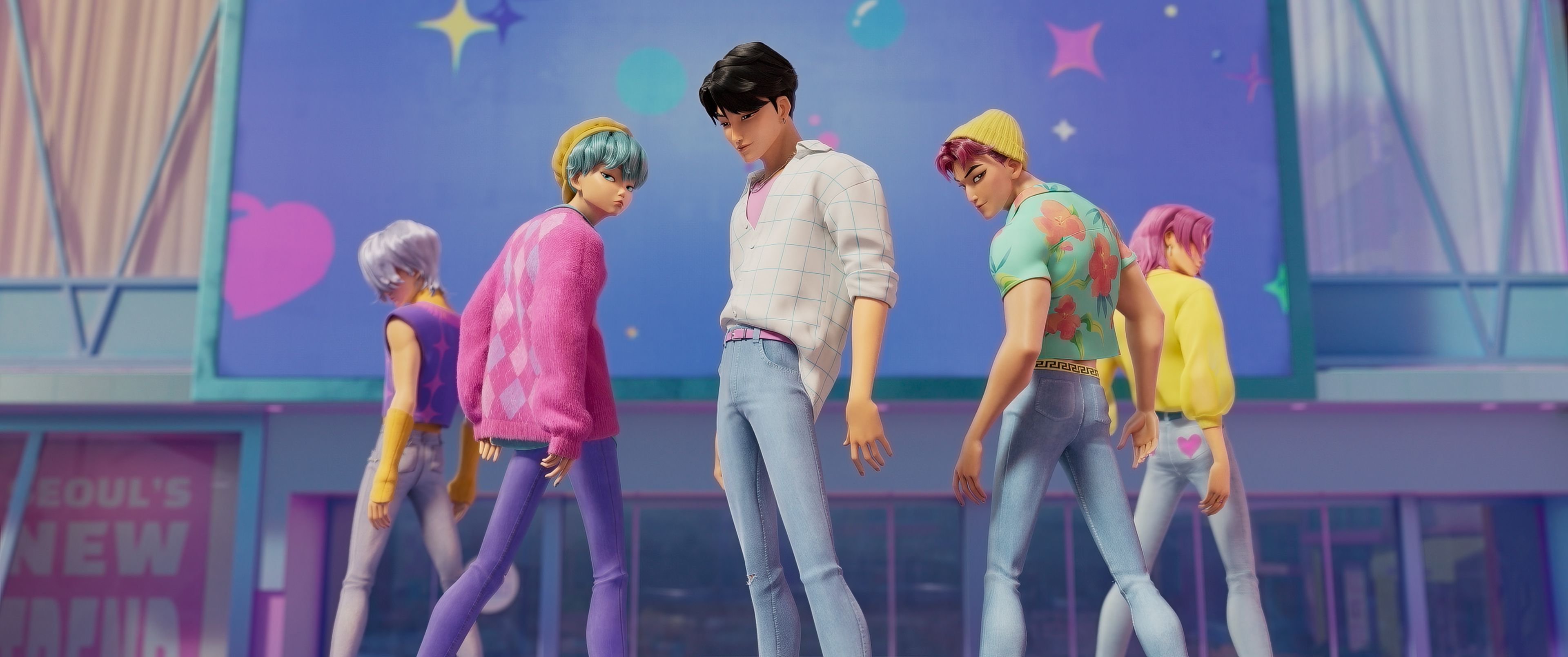What gave you the idea to make Caught by the Tides? Did you have a plan in place when you began?
Jia Zhangke: It was an ever-evolving and changing process. I’ll start from the beginning. In 2001, turn of the century, China was going through dramatic economic transformations, and the entire society was full of energy, full of momentum. So you see people trying to move around, whether it’s domestically to other cities or internationally, trying to make a better life for themselves. I really was attracted to this kind of momentum and energy, and wanted to document the people within this very lively and robust environment.
At the same time, it just so happened to coincide with the introduction of this new technology called “digital filmmaking”. It’s so lightweight and cheap that I, as a filmmaker, could bring a small group of actors and DPs and just go to all the real spaces that moved me. I wanted to capture everything on film without a plan, and then, based on the footage, I could decide how to structure the film.
So, with the working title of Man with a Digital Camera, I started to film. But after about two or three years, I realized that if I just made the film right then, it wouldn’t have the kind of breadth and depth that I wanted to capture. I continued to capture these images on and off for a while, to the point that I forgot about this project for about five or six years. Not until the year 2020, during the pandemic, did I realize it was a perfect juncture historically for me to bring this film to fruition.
At the time during Covid, of course, we were trapped in our own homes. There were no flights domestically or internationally. The isolation of quarantine created a sharp contrast with the kind of energy and momentum that I witnessed in 2001. It was the end of the globalization era, and now you see these dramatic changes politically, economically, and in regards to technology. For me, this was a time for us to look back and retrace this journey of the past twenty years.





![16th Aug: Don't Tell Mom the Babysitter's Dead (2024), 1hr 39m [R] (4.85/10)](https://occ-0-1381-999.1.nflxso.net/dnm/api/v6/Qs00mKCpRvrkl3HZAN5KwEL1kpE/AAAABUisDB3CORUMsvXYHvA-aKWajxtVSF476ntFWrokpX1SAnPt2pOzozmZBM5JDQgYvSuC9r7HNnvqEVyyfk7cGJdxAXYgAhdxxoJdEfTgsW2NJzj5fj_88sCaoG7rkzkyDF_ZX4P3u0mG0z_dWIiBfnlSy-UR5INcvPkyaxpWF6ttmg.jpg?r=36f)









